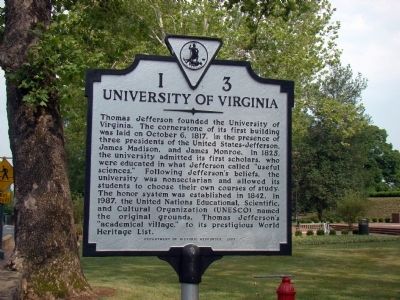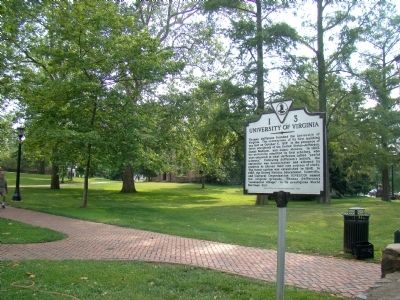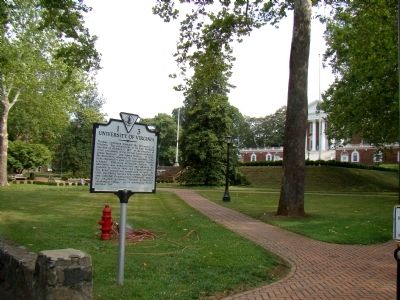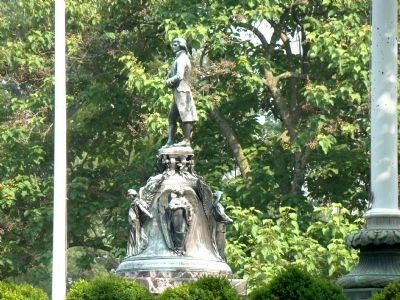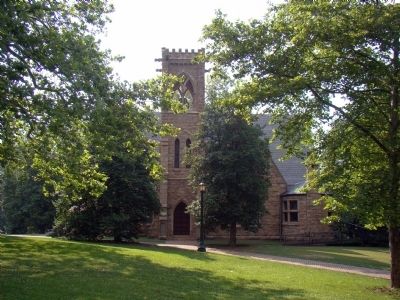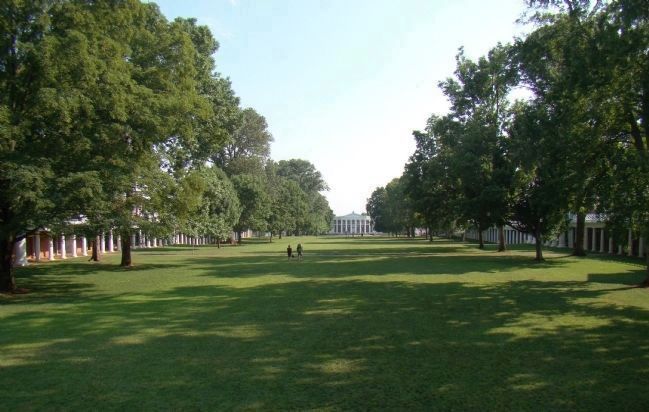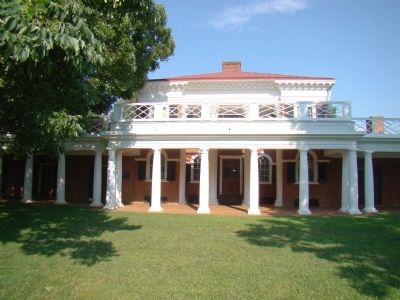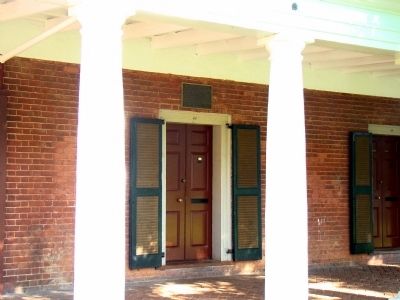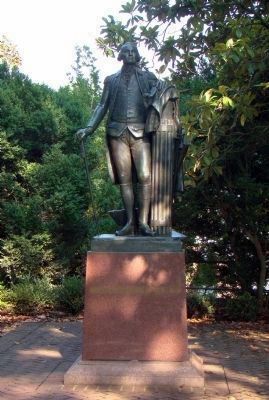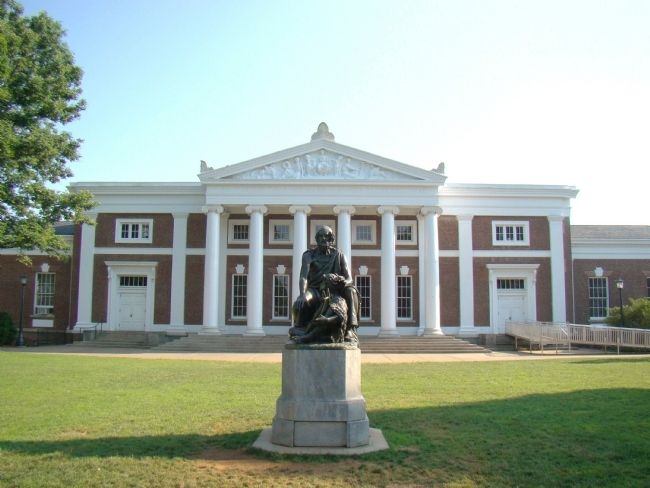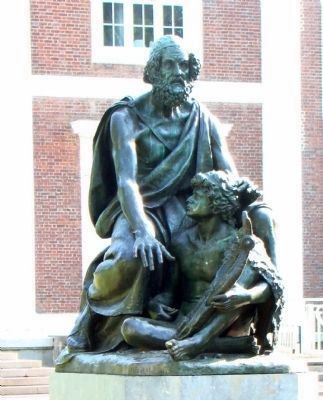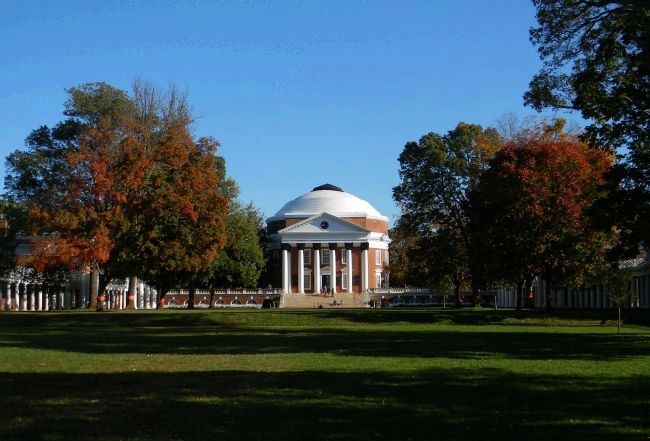Venable near Charlottesville in Albemarle County, Virginia — The American South (Mid-Atlantic)
University of Virginia
Erected 2003 by Department of Historic Resources. (Marker Number I-3.)
Topics and series. This historical marker is listed in this topic list: Education. In addition, it is included in the Former U.S. Presidents: #03 Thomas Jefferson, the Former U.S. Presidents: #04 James Madison, the Former U.S. Presidents: #05 James Monroe, the UNESCO World Heritage Sites, and the Virginia Department of Historic Resources (DHR) series lists. A significant historical month for this entry is October 1865.
Location. 38° 2.193′ N, 78° 30.21′ W. Marker is near Charlottesville, Virginia, in Albemarle County. It is in Venable. Marker is at the intersection of University Avenue (Business U.S. 250) and Rugby Road on University Avenue. Touch for map. Marker is in this post office area: Charlottesville VA 22903, United States of America. Touch for directions.
Other nearby markers. At least 8 other markers are within walking distance of this marker. Thomas Jefferson Monument (within shouting distance of this marker); Henry Martin (about 300 feet away, measured in a direct line); Woodrow Wilson (about 400 feet away); World War I Memorial (about 400 feet away); These Garden Walls (about 400 feet away); James Monroe’s First Farm (about 400 feet away); Edgar Allan Poe (about 600 feet away); William Holding Echols (approx. 0.2 miles away). Touch for a list and map of all markers in Charlottesville.
More about this marker. The Charlottesville city limit traces its way around the university grounds. The University of Virginia is not in officially the City of Charlottesville.
This marker replaces a marker with the same title and number that was erected in the early 1930s. It read “This institution was founded by Thomas Jefferson. The cornerstone of the first building was laid, on October 6, 1817, in the presence of three Presidents of the United States, Jefferson, Madison, and Monroe, all members of the Board of Visitors. It became the state university in 1819 and was opened to instruction in 1825. The university was conducted by the faculty until 1904, when the first president was elected.”
Related marker. Click here for another marker that is related to this marker. To better understand the relationship, study each marker in the order shown.
Also see . . . UNESCO World Heritage Site, Monticello and the University of Virginia in Charlottesville. (Submitted on November 14, 2012, by Richard E. Miller of Oxon Hill, Maryland.)
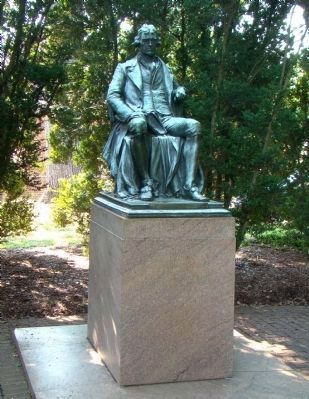
Photographed By J. J. Prats, June 15, 2008
10. Thomas Jefferson, Across the Lawn from George Washington
1915 bronze by Karl Bitter (1867–1915) is a little over 4 feet tall on a four foot base. The inscription on the base reads “I am closing the last scene of my life by fashioning and fostering an establishment for the instruction of those who come after us. I hope that its influence on their virtue, freedom, fame and happiness will be salutory and permanent.”
Credits. This page was last revised on February 2, 2023. It was originally submitted on June 30, 2008, by J. J. Prats of Powell, Ohio. This page has been viewed 3,000 times since then and 74 times this year. Last updated on November 14, 2012, by Richard E. Miller of Oxon Hill, Maryland. Photos: 1, 2, 3, 4, 5, 6, 7, 8. submitted on June 30, 2008, by J. J. Prats of Powell, Ohio. 9, 10, 11. submitted on July 1, 2008, by J. J. Prats of Powell, Ohio. 12. submitted on July 3, 2008, by J. J. Prats of Powell, Ohio. 13. submitted on October 16, 2011, by PaulwC3 of Northern, Virginia. • Bill Pfingsten was the editor who published this page.
